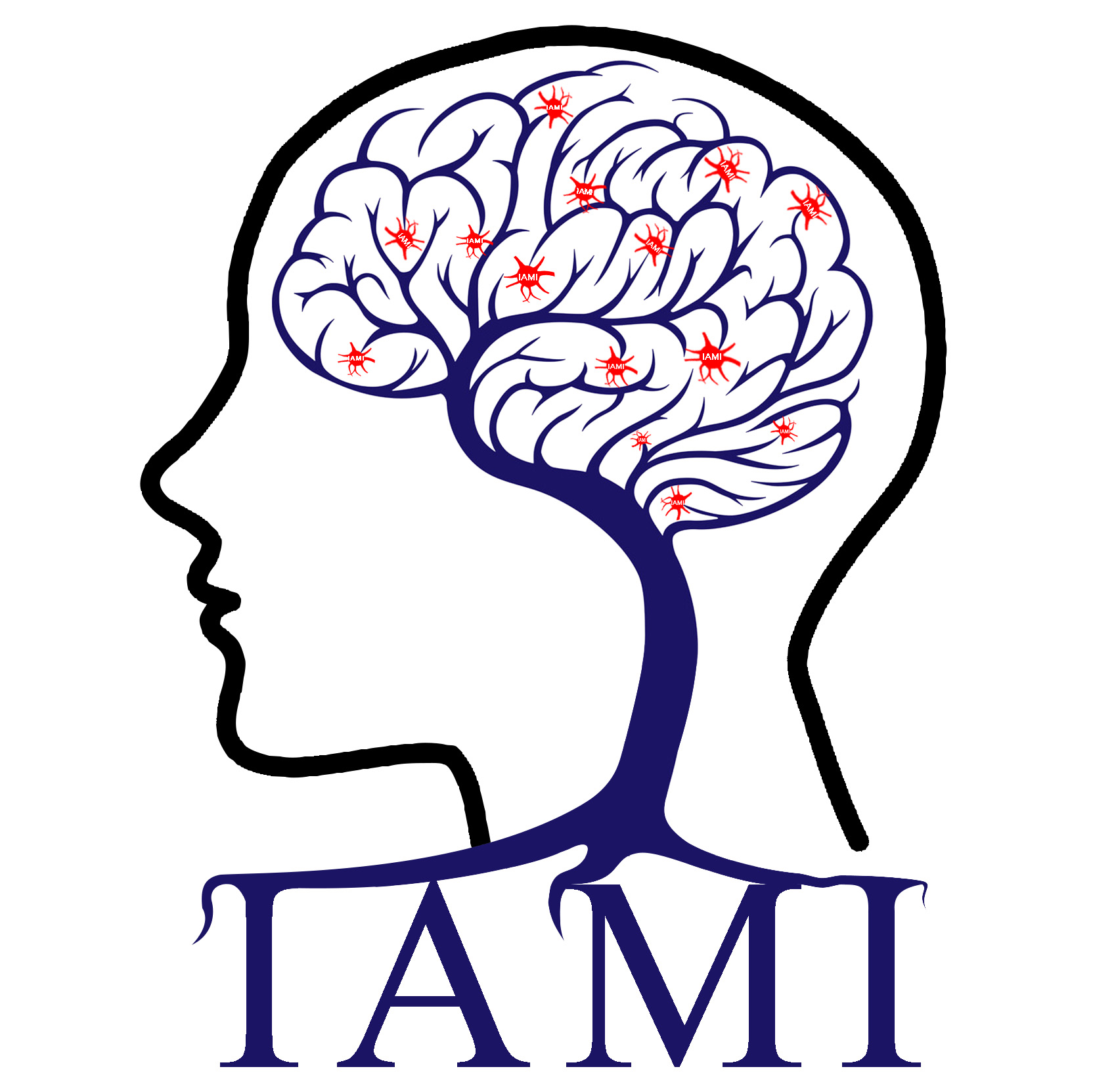
杜宇慧个人网页---智能医学图像分析
地址:中国, 太原
Dongdong Lin, Jiayu Chen, Stefan Ehrlich, Juan R Bustillo, Nora Perrone-Bizzozero, Esther Walton, Vincent P Clark, Yu-Ping Wang, Jing Sui, Yuhui Du, Beng C Ho, Charles S Schulz, Vince D Calhoun, Jingyu Liu*. Cross-Tissue Exploration of Genetic and Epigenetic Effects on Brain Gray Matter in Schizophrenia, Shizophrenia Bulletin, 2018, 44(2): 443-452.
时间:2019-06-12 16:40:34 来源: 点击:[1757]
Abstract
Closely linking genetics and environment factors, epigenetics has been of increasing interest in psychiatric disease studies. In this work, we integrated single nucleotide polymorphisms (SNPs), DNA methylation of blood and saliva, and brain gray matter (GM) measures to explore the role of genetic and epigenetic variation to the brain structure changes in schizophrenia (SZ). By focusing on the reported SZ genetic risk regions, we applied a multi-stage multivariate analysis to a discovery dataset (92 SZ patients and 110 controls, blood) and an independent replication dataset (93 SZ patients and 99 controls, saliva). Two pairs of SNP-methylation components were significantly correlated (r = .48 and .35) in blood DNA, and replicated (r = .46 and .29) in saliva DNA, reflecting cross-tissue SNP cis-effects. In the discovery data, both SNP-related methylation components were also associated with one GM component primarily located in cerebellum, caudate, and thalamus. Additionally, another methylation component in NOSIP gene with significant SZ patient differences (P = .009), was associated with 8 GM components (7 with patient differences) including superior, middle, and inferior frontal gyri, superior, middle, and inferior temporal gyri, cerebellum, insula, cuneus, and lingual gyrus. Of these, 5 methylation-GM associations were replicated (P <.05). In contrast, no pairwise significant associations were observed between SNP and GM components. This study strongly supports that compared to genetic variation, epigenetics show broader and more significant associations with brain structure as well as diagnosis, which can be cross-tissue, and the potential in explaining the mechanism of genetic risks in SZ.

 您当前的位置:
您当前的位置: